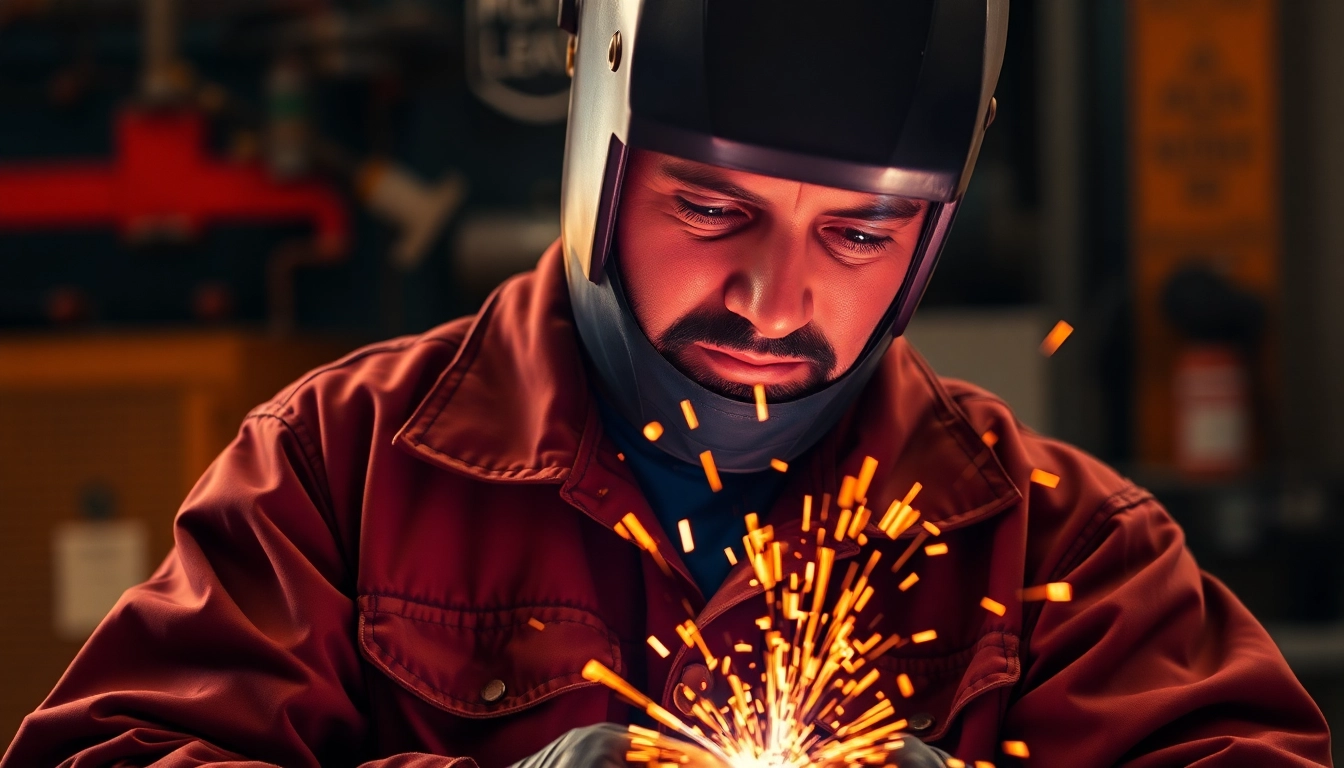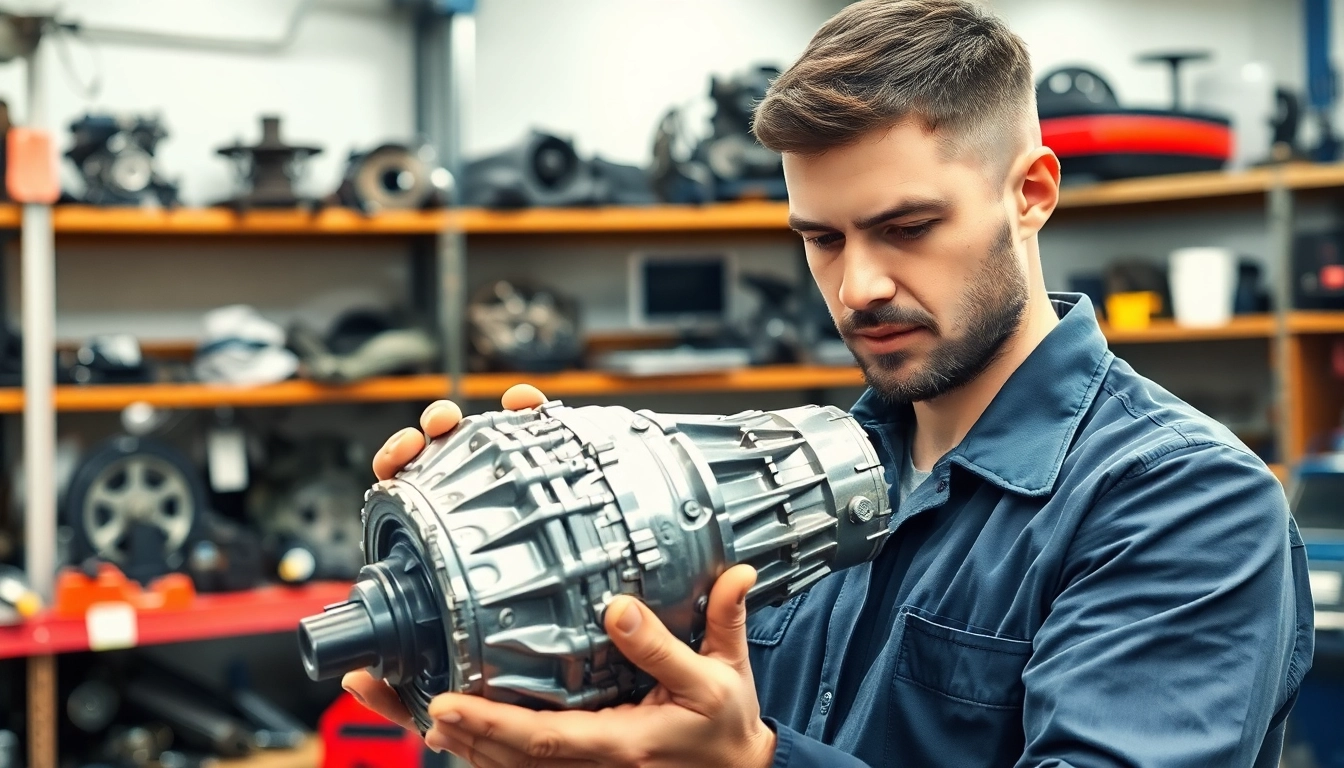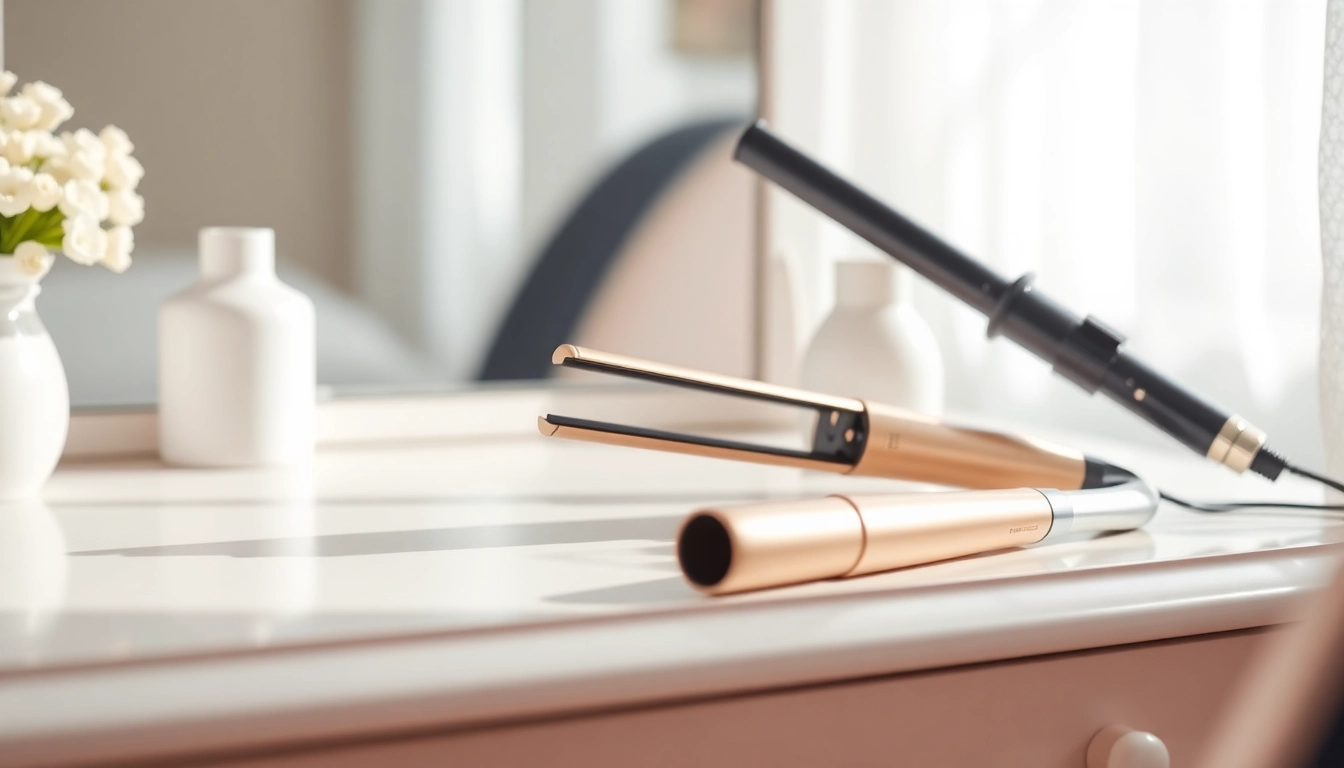Understanding Welding Jackets
What is a Welding Jacket?
A welding jacket is a protective garment designed specifically for welders to shield them from various hazards associated with welding activities. These jackets are typically made from flame-resistant materials and serve as a crucial piece of safety equipment in the welding profession. The need for specialized apparel arises from the nature of welding, which involves high temperatures, molten metal, and dangerous sparks that can cause severe burns or injuries if adequate protection is not worn.
Importance of Flame-Resistant Material
The primary function of a welding jacket is to provide flame resistance, which is crucial in preventing burns and injuries. Various materials are used for manufacturing welding jackets, including:
- Cotton: Often treated with flame-resistant chemicals to repel fire and heat. It’s lightweight and breathable, making it ideal for warmer environments.
- Leather: Known for its durability and protective qualities, leather jackets are effective against cuts and abrasions. They can withstand high temperatures and offer excellent longevity.
- Synthetic composites: Materials like WeldX™ combine several features, such as insulation and heat resistance, making them preferred for specialized welding tasks.
Selecting a jacket made from high-quality flame-resistant material is essential not only for safety but also for compliance with workplace safety regulations. Flame-resistant materials can be categorized into three main types depending on their heat resistance and specific use cases, ensuring welders can find the appropriate protective wear for their environment.
Common Styles and Features
Welding jackets come in various styles, each catering to specific needs and preferences:
- Full Zip Jackets: These are easy to wear and offer complete coverage, making them suitable for various tasks.
- Hooded Jackets: Featuring a hood for added protection against sparks and heat, especially during overhead welding.
- Short-sleeved Jackets: Designed for hotter environments, providing necessary protection while ensuring comfort.
- Ventilated Jackets: These jackets often have mesh panels or vents that enhance breathability, ideal for long hours of work in high temperatures.
Additional features may include adjustable cuffs, pockets for tools, and reflective strips for visibility, all enhancing functionality without compromising safety.
Choosing the Right Welding Jacket
Factors to Consider When Selecting
Choosing the right welding jacket requires an understanding of several key factors that can affect comfort, safety, and functionality:
- Welding Technique: Different welding techniques, such as MIG, TIG, or stick welding, generate varying amounts of heat and sparks, influencing the material and design you should select.
- Environment: Consider whether you will be working indoors or outdoors, as this can dictate the weight and breathability of the material needed.
- Personal Comfort: Comfortable jackets increase mobility and decrease heat stress, so considering the fit and weight is crucial.
- Regulatory Compliance: Ensure that any selected jacket meets industry safety standards and any regulations specific to your workplace.
Top Materials for Welding Jackets
Understanding the materials used in welding jackets is vital for making an informed choice. Here are some of the most common materials used:
- Flame-Resistant Cotton: Generally the most popular choice, it is soft, breathable, and provides good flame resistance. However, it may not offer as long-lasting protection as leather.
- Leather: Provides great durability and heat resistance but can be heavier and less breathable than cotton. It is excellent choice for heavy-duty use.
- Polyester Blends: Some jackets blend cotton with polyester for better durability and insulation while maintaining comfort.
Size and Fit Guidelines
The size and fit of a welding jacket are critical for both safety and comfort. Here are guidelines to consider:
- Size: Ensure the jacket allows for free movement. It should not be too tight or baggy, as either can hinder mobility or snag on equipment.
- Length: Choose a length that adequately covers your torso and can tuck into your pants if needed. Longer jackets offer more coverage but may limit flexibility.
- Adjustability: Look for jackets with adjustable cuffs and waistbands to tailor the fit to individual preferences.
Benefits of Wearing a Welding Jacket
Protection Against Burns and Sparks
The primary benefit of a welding jacket is its ability to protect against burns from molten metal and flying sparks. These jackets are designed to withstand high temperatures—especially important for welders who work in varied environments and may be susceptible to such hazards.
The Role of Insulation and Breathability
Welding jackets with insulation help maintain body temperature by preventing excessive heat loss in colder environments. Conversely, breathable materials enhance comfort during long working hours, allowing sweat to escape and reducing heat buildup. This plays a vital role in both safety and productivity as it helps the welder stay focused and efficient.
Increasing Comfort and Mobility
Comfort and mobility are crucial for welders, particularly when engaged in detailed tasks that require precision. A well-fitted jacket made from the right materials can significantly improve a welder’s range of motion, allowing them to work efficiently without feeling restricted or uncomfortable.
Popular Brands and Models
Comparing Leading Brands
There are numerous brands specializing in protective welding gear, each known for various strengths:
- Lincoln Electric: Renowned for their high-quality safety apparel, they offer a range of jackets suitable for various welding applications.
- Miller Electric: Known for their innovative designs, Miller offers jackets made from advanced materials to enhance comfort and safety.
- Black Stallion: Provides a broad selection of affordable yet effective jackets that cater to different welding needs and preferences.
- Revco: Offers stylish and functional designs, including jackets specifically tailored for female welders, blending fashion and safety.
Top Rated Welding Jackets on the Market
Some of the best-rated welding jackets include:
- Lincoln Electric Premium Flame Resistant Cotton Jacket: Highly rated for its comfort and effective protection.
- Black Stallion 30BS: A popular choice due to its good balance between price and performance.
- Miller Electric Classic Cloth Welding Jacket: Known for its breathability and lightweight construction.
Customer Reviews and Recommendations
Customer reviews often highlight the importance of comfort, fit, and protection level. Many users recommend taking the time to read product reviews before making a purchase and share experiences on the effectiveness of the jacket in real-life situations. Recommendations can provide valuable insights into the durability and convenience of specific models under different working conditions.
Caring for Your Welding Jacket
Cleaning and Maintenance Tips
Proper care and maintenance of a welding jacket can extend its lifespan:
- Regular Inspection: Frequently check the jacket for any signs of damage, such as burns, holes, or wear and tear. Prompt repair or replacement is essential.
- Cleaning: Follow the manufacturer’s cleaning instructions. Most cotton jackets can be machine washed, while leather jackets may require special cleaners and conditioners.
- Drying: Avoid high heat when drying to prevent damage. Air drying is often the safest option.
When to Replace Your Welding Jacket
A welding jacket should be replaced when it shows significant signs of wear, such as:
- Threadbare patches or holes that compromise wearability.
- Loss of flame-resistant properties, which can be tested through manufacturer guidelines or material inspection.
- Unpleasant odors that won’t dissipate after cleaning, which may indicate deeper issues.
Storage Best Practices
Proper storage also contributes to the longevity of a welding jacket:
- Cool, Dry Place: Store jackets in a cool and dry location to prevent mildew and degradation.
- Hang or Fold: Depending on the material, most jackets should be hung to maintain their shape, while thicker leather jackets can be folded carefully.



